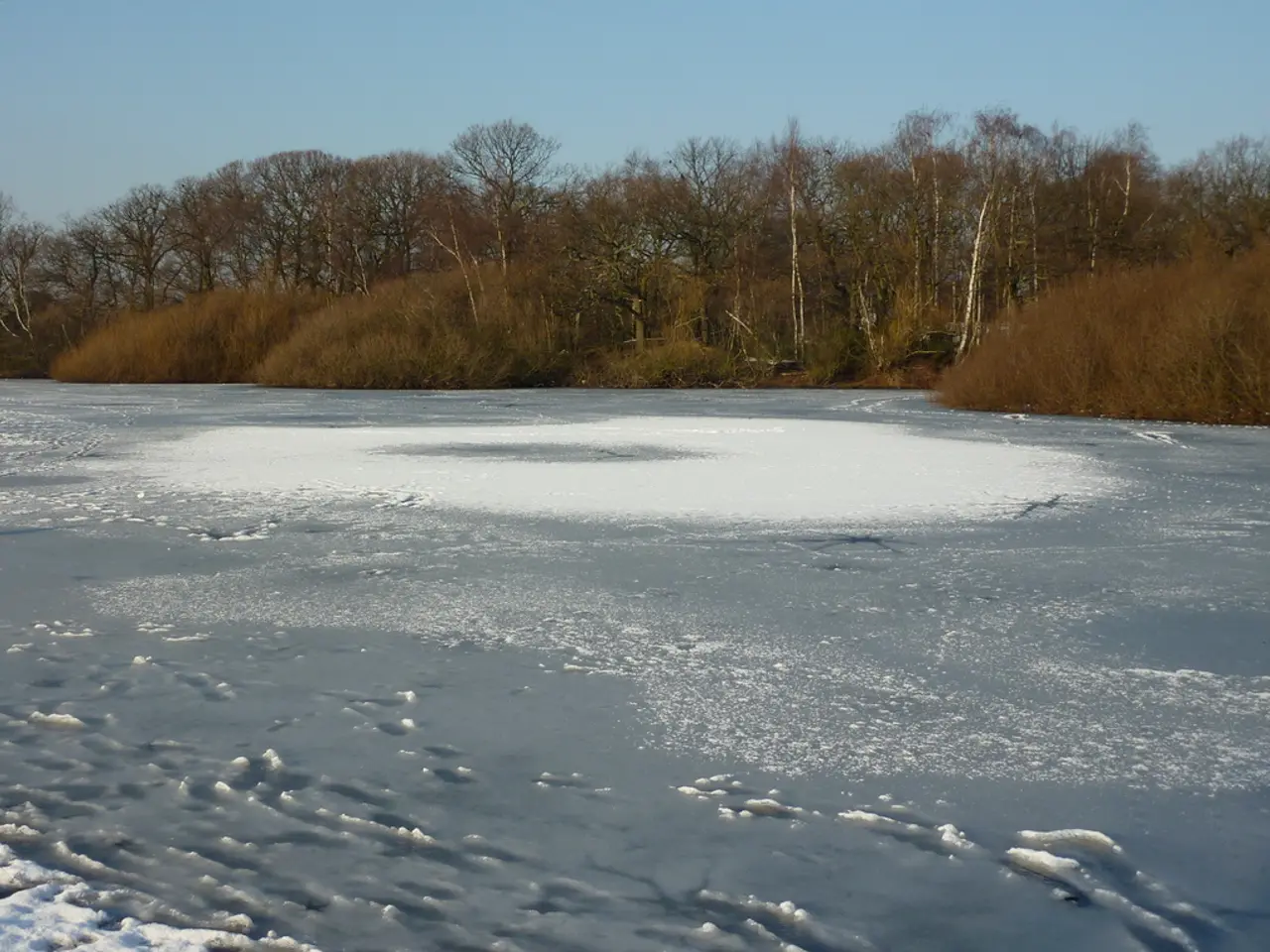Threatening Floods in Hesse: Tens of Thousands Face Potential Disaster due to Flooding in Hesse - Flood Threat: Multitude of Residents in Hesse Face Potential Inundation
In the heart of Germany, the federal state of Hesse is bracing itself for a potential increase in flood occurrences, particularly century floods - events traditionally expected once every 100 years. With the ongoing climate crisis, these floods could become more frequent, posing significant challenges for the region.
A century flood, often referred to as a "100-year flood," carries a 1% probability of occurring in any given year. Historically, these floods have been used in flood frequency analysis, a branch of hydrology that estimates the likelihood and magnitude of floods based on historical data, to manage flood risk and design infrastructure.
However, the German Environmental Aid has issued a stark warning. With climate change altering rainfall patterns, historical data may no longer accurately represent future water levels. This shift in weather patterns could make century floods more common, turning what was once considered a rare event into a potential regular occurrence.
For Hesse, this shift in flood frequency is a significant concern. The region's rivers and water bodies are prone to severe flooding during extreme weather events. The increased frequency and intensity of heavy rainfall due to climate change could exacerbate this problem, potentially leading to more frequent and severe flooding.
This heightened risk challenges existing flood control measures and infrastructure in Hesse, necessitating updated flood routing predictions and improved flood management strategies. The focus should shift towards nature-based flood protection, such as providing rivers and streams more space and retaining water in forests, meadows, and wetlands.
Sascha Müller-Kraenner, the federal managing director of the German Environmental Aid, has expressed concern that the federal states are not doing enough to protect those at risk from floods. He emphasises the need for urgent action to adapt to the changing climate and ensure the safety of communities and ecosystems.
In the face of these challenges, Hesse must adapt and evolve its flood management strategies to mitigate the impacts of climate change. By focusing on nature-based solutions and updating flood predictions, the region can better prepare for the future and protect its residents from the rising threat of century floods.
- To address the increased potential for century floods in Hesse due to climate change, there is a need to revise flood routing predictions and implement improved flood management strategies that focus on nature-based solutions, such as providing rivers and streams more space, retaining water in forests, meadows, and wetlands.
- The ongoing climate crisis and its impact on weather patterns, including more frequent heavy rainfall, pose a significant threat to the environmental protection and health of communities in Hesse, necessitating immediate action to adapt flood control measures and ensure the safety of residents and ecosystems, as emphasized by Sascha Müller-Kraenner, the federal managing director of the German Environmental Aid.







